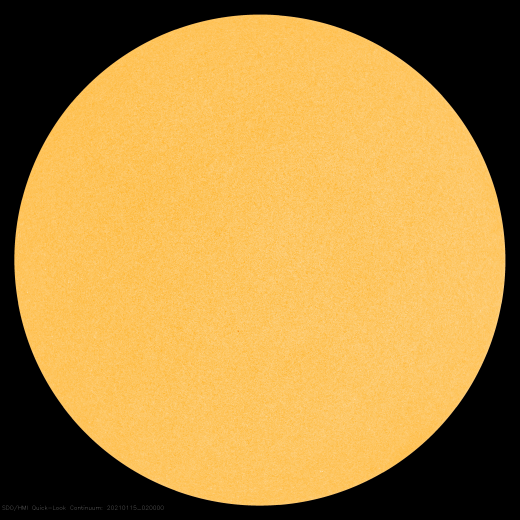I love mucking about with antennas, especially ones that may be useful for out-and-about use to get away from the scourge of suburban RFI.
I’ve looked at the W3EDP a number of times, and rejected it for home use, as being essentially an unbalanced antenna, it is prone to noise pickup. Not one to use at home, but, it is easy to make and sling up. I decided to put one together, using 300 ohm feeder and 67′ of wire as described in the article: W3EDP antenna using that described under the ‘new W3EDP’. I used a terminal block to connect the feeder and wire and housed these in a’tupperware’. box. This part I tie wrapped to the top of a 5m roach pole and set up in my garden, the roach pole bungee strapped to the swing seat! I chose this part of my garden as it is the furthest point from the house (about 40′. The 67′ of wire I sloped down to a hedge at the other end of the garden. I coupled the feeder to my Tecsun PL-660 via a homebrew Z-match atu. The design of the W3EDP at the site mentioned above specifies a 4:1 balun to transform the feeder to coax but at the moment I have no toroids to construct the balun. The pictures below show the roach pole with the connection box and the second my listening set up.


Results were very encouraging and resulted in the following logs over a 2 hour period:
9310 Khz Thailand VOA Deewa Radio 14:52 UTC Pashto service, discussion SINPO: 33333 2020-05-08
15245 Khz North Korea V O Korea 14:53 UTC German service SINPO: 32233 2020-05-08
15255 Khz Thailand RFE 14:54 UTC Turkmen service SINPO: 43233 2020-05-08
9425 Khz North Korea V O Korea 15:45 UTC Music SINPO: 43333 2020-05-08
9445 Khz Uzbekistan AWR 15:46 UTC Kannada service SINPO: 32222 2020-05-08
9515 Khz South Korea KBS World Radio 15:48 UTC English. Music and chat. Parallel on 9630 SINPO: 33233 2020-05-08
9590 Khz Romania RRI 16:00 UTC Romanian service SINPO: 44444 2020-05-08
9635 Khz Mali R Mali 16:05 UTC Arabic. SINPO: 32222 2020-05-08
9740 Khz South Korea KBS World Radio 16:11 UTC Korean service SINPO: 32233 2020-05-08
9900 Khz Tajikistan BBCWS 16:14 UTC Korean SINPO: 22222 2020-05-08
9920 Khz Uzbekistan RFE 16:15 UTC Uzbek. Discussion SINPO: 43344 2020-05-08
9910 Khz Northern Marianas Islands RFA 16:16 UTC Korean SINPO: 32222 2020-05-08
11630 Khz China CNR17 16:18 UTC Kazakh, music SINPO: 43233 2020-05-08
11655 Khz UAE Abu Dhabi Media 16:19 UTC Afar service. Poor modulation SINPO: 32222 2020-05-08
11755 Khz Sri Lanka AWR 16:21 UTC Urdu service SINPO: 33233 2020-05-08
11910 Khz Uzbekistan Furusato No Kaze 16:23 UTC Japanese Music and chat SINPO: 32233 2020-05-08
12035 Khz Thailand VOA Deewa Radio 16;25 UTC Pashto, discussion SINPO: 43333 2020-05-08
12045 Khz Japan R Japan 16:37 UTC Japanese, discussion SINPO: 22222 2020-05-08
I also logged numerous ham stations taking part in the RSGB QSO party. Most of these were from around Europe, but logged the odd one from the states.
The following day, I lugged out a power supply and extension lead, and tried the same set up with my Yaesu FT-450D. Unfortunately, the 450, being more sensitive, managed to pick up all the local QRM so not really usable.
So, my take away from these results is: great antenna for out-and-about use. Easy to set up for use with a portable. When the house arrest is over, I am looking forward to taking this arrangement out into the mainly RFI-free countryside to see how it performs.


